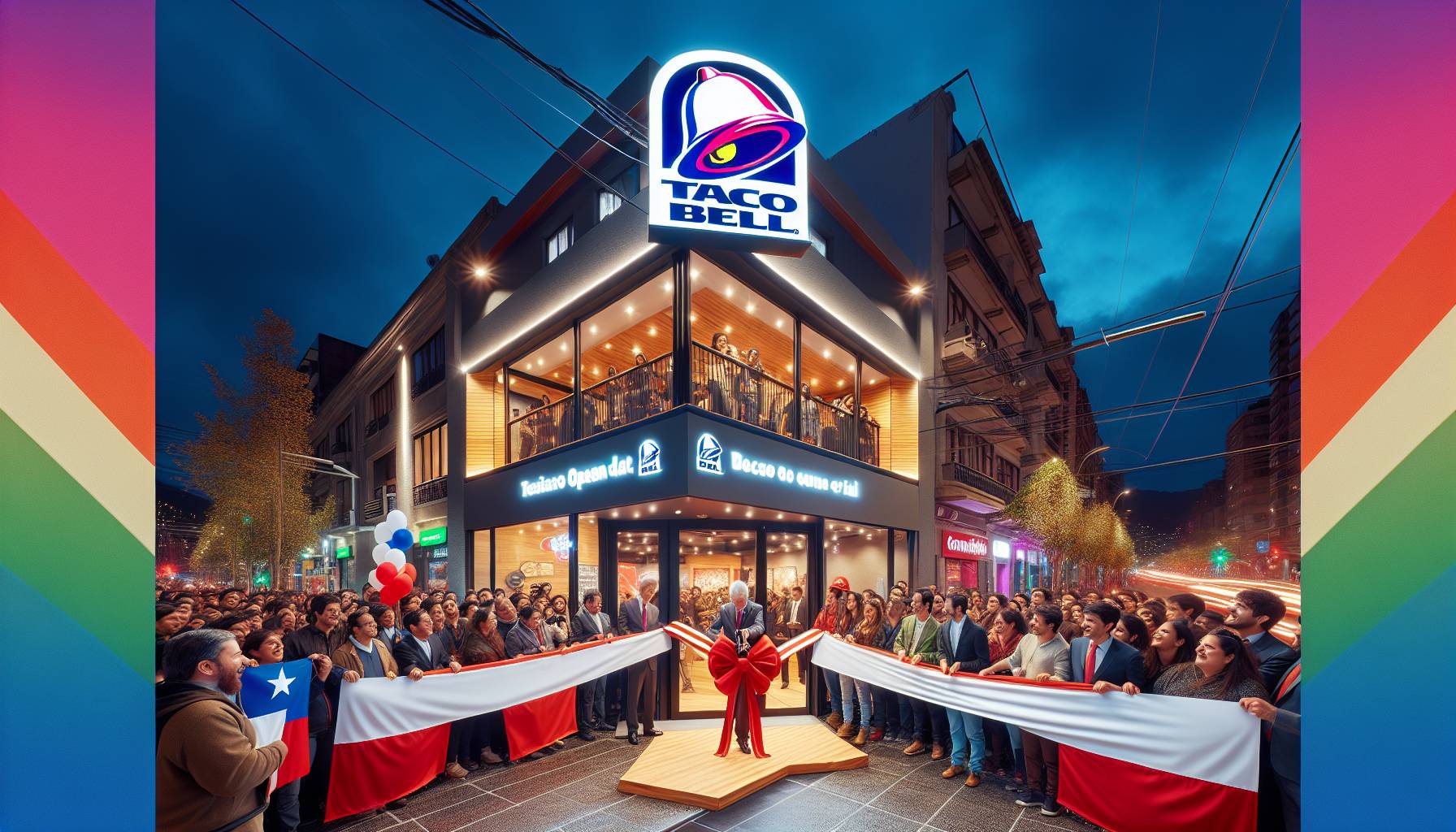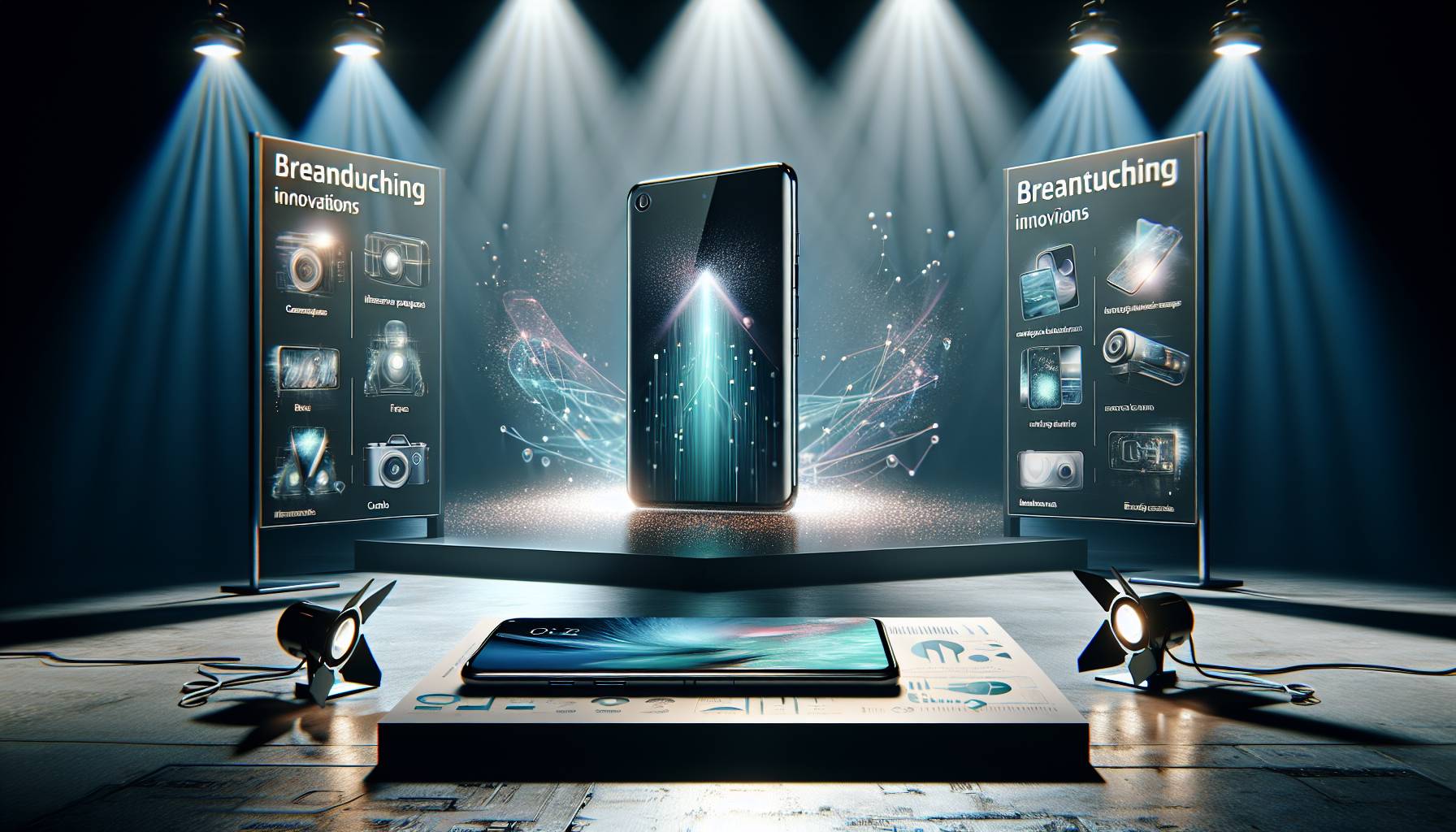
Cultural evolution of convenience stores
Convenience stores, once primarily viewed as providers of swift service and essential items, have experienced a significant transformation in their role within consumer culture — especially in Asia, where they have evolved into lifestyle hubs. In Japan, 7-Eleven has revolutionized the convenience store experience with items like onigiri (rice balls), fluffy egg salad sandwiches, and the now TikTok-famous famichiki — a crispy fried chicken cutlet that has gained viral popularity. These are more than mere snacks; they represent a tailored, high-quality food journey that has reshaped consumer expectations.
In Thailand, 7-Eleven outlets have similarly advanced the business model, receiving accolades for their reliability, attentive customer service, and widespread accessibility. With millions depending on these stores each day, they’ve woven themselves into the social and economic fabric of daily life. This success exemplifies how convenience retail can rise above its practical origins to become a cultural touchstone — a lesson increasingly pertinent for Australian businesses aiming to stand out in a crowded market.
In the U.S., convenience stores have followed a different trajectory in terms of cultural significance. Although 7-Eleven is famed for its Slurpee — particularly on July 11, when Free Slurpee Day draws large crowds — the wider market has seen the rise of regional brands with devoted followings. These companies have triumphed not only by providing convenience but by forging emotional bonds with customers through unique food selections, localized branding, and fostering a sense of community.
For Australian investors and retail strategists, the advancements of convenience stores in Asia and North America serve as a roadmap for innovation. As local players like 7-Eleven Australia and OTR extend their presence, there lies a distinct opportunity to go beyond just fundamental offerings. The call for healthier, higher-quality food choices is on the rise, with consumers increasingly attracted to brands that deliver authenticity, consistency, and an elevated experience — even within the fast-paced convenience retail sector.
In a landscape where standing out is crucial, the cultural evolution of convenience stores highlights the significance of brand identity and customer involvement. Be it a viral chicken cutlet in Tokyo or a meticulously packaged sandwich in Bangkok, the takeaway is evident: convenience need not equate to compromise. For Australian operators, the challenge — and the possibility — lies in rethinking the concept of a convenience store.
The rise and fall of Kum & Go
Established in 1959 in Iowa, Kum & Go created a distinctive niche within the U.S. convenience store scene, blending playful branding with surprisingly elevated food offerings. While its name often elicited smiles, the chain cultivated a dedicated customer following by providing more than just quick snacks and fuel. With nearly 400 locations nationwide, mainly concentrated in the Midwest, Kum & Go became recognized for its healthier menu choices — such as grain bowls, burritos, pulled pork falafel, and upscale sauces — a rarity in a market frequently dominated by processed snacks and sugary beverages.
The chain’s iconic status was solidified in 2006 when Johnny Knoxville donned a Kum & Go T-shirt in the film “Jackass Number Two,” thrusting the brand into the limelight and enhancing its national presence. However, beyond the novelty, the chain’s prosperity stemmed from its knack for connecting with local communities and offering a unique experience — a strategy that aligns closely with Australian convenience retail tendencies, where customer loyalty and brand genuineness are becoming essential competitive advantages.
In August 2023, the Kum & Go narrative took a dramatic shift when Maverik — a Utah-based convenience store chain — purchased the brand and its fuel logistic branch, Solar Transport, from the Krause Group. Initially, Maverik signaled its intention to keep the Kum & Go name, acknowledging its regional significance. However, by 2025, the company pivoted, announcing that all 400 Kum & Go outlets would transition to the Maverik brand.
According to industry insiders, Maverik’s choice was influenced by brand strategy and market positioning. While Kum & Go held strong recognition in the Midwest, Maverik’s management believed their brand had wider national appeal and was associated with fewer reputational risks. The “unintended double entendre” of the Kum & Go name, while charming to some, was viewed as a potential liability in more conservative or unfamiliar markets — reminding that brand perception can be both a strength and a vulnerability, especially when expanding across varied geographic areas.
The rebranding hasn’t been without repercussions. On Reddit and other social media platforms, long-term customers have expressed discontent over declining service levels and the removal of signature items. Reports of bare shelves, fewer hot meal selections, and even fuel shortages have emerged, indicating operational hurdles during the transition. The elimination of healthier food options and physical rewards cards has further estranged devoted customers.
“My little town is situated on a major highway, and the Kum and Go was our only 24/7 business,” one user remarked. “Since Maverik took over and rebranded, they are plagued by empty shelves, fewer hot food offerings, periodic shortages of bags for purchased items, and today a complete lack of fuel.”
“They also removed most of the healthy options they had,” another user noted.
For Australian investors and retail analysts, the Kum & Go scenario serves as a cautionary lesson in brand management and customer preservation. The chain’s decline highlights the dangers of rebranding without fully taking customer sentiments and operational stability into account. In a market like Australia, where convenience store operators increasingly compete based on quality, service, and brand experience, the takeaways are clear: loyalty is hard-earned and easily forfeited.
As domestic players such as OTR and 7-Eleven Australia continue to grow, the Kum & Go narrative stresses the importance of upholding brand integrity amid expansion. It also emphasizes the increasing consumer demand for healthier, premium food options — a trend that is gaining traction in both urban and regional Australian settings. For those in the retail field, the message is straightforward: in the era of mindful consumption, convenience must align with quality and authenticity.

